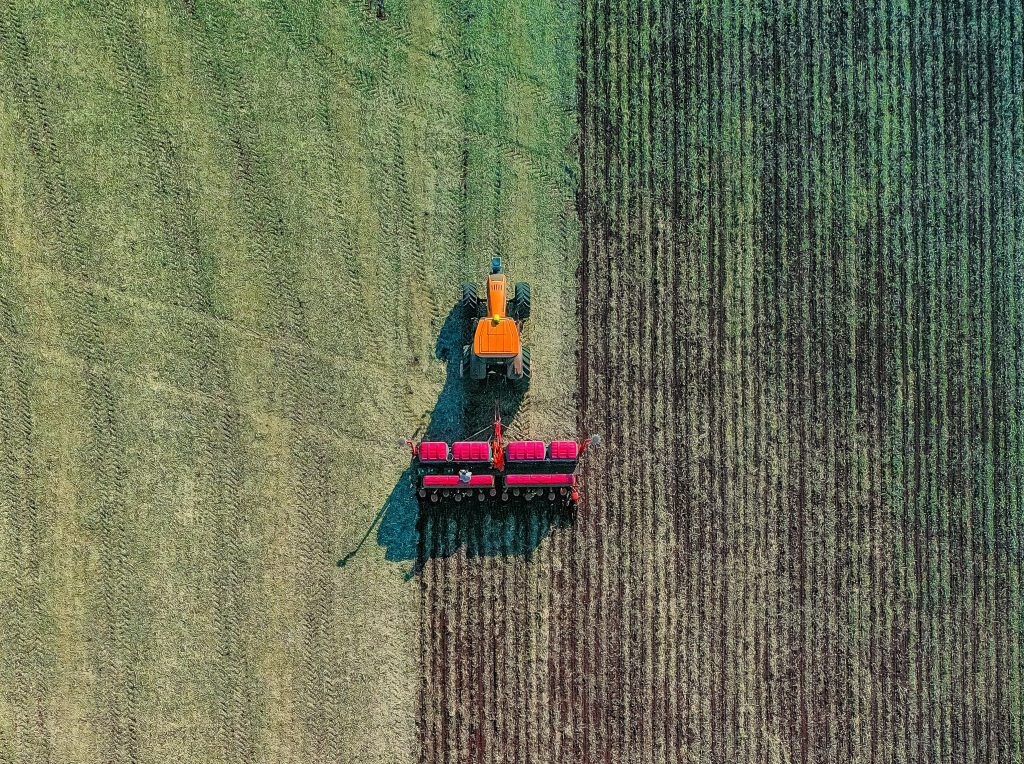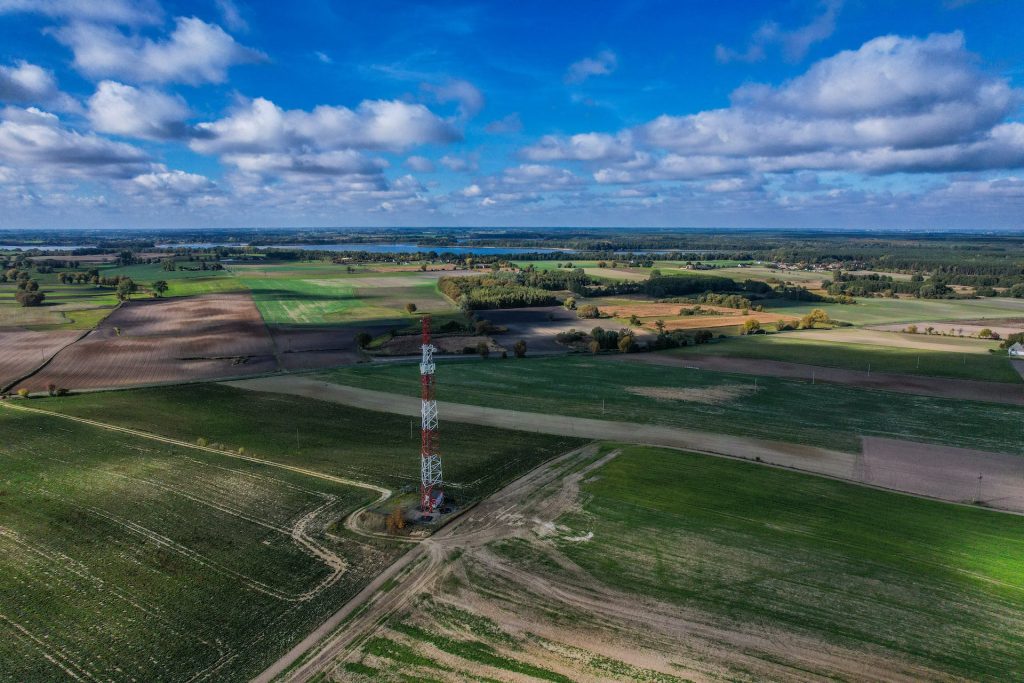The world is moving at an extraordinary pace when it comes to technology and innovation. Projects once used to take years of research, testing and prototyping, but cutting-edge changes now take place much quicker due to machine-based learnings.
The benefits of 5G
5G telecommunications is an example of this. A lot of noise has been made about the latest generation technology standard for broadband cellular networks, which cellular phone companies began to deploy worldwide in 2019.
“5G users in these cities have access to faster internet speeds than those provided by 4G. Businesses can become fully mobile instead of relying on fixed-line technologies”
Shona Johnson, SME - Radio Networks, VirtuGrp
Telstra launched its first 5G device in May last year and is using its spectrum in the 3.6 GHz band to provide 5G technology across Australia. Cities who can benefit from its services are Canberra, Sydney, Brisbane, Cairns, Gold Coast, Adelaide, Perth, and Melbourne.
“5G users in these cities have access to faster internet speeds than those provided by 4G. Businesses can become fully mobile instead of relying on fixed-line technologies,” says Shona Johnson, SME Radio Networks, VirtuGrp.
According to other industry professionals in telecommunications, they predict that by 2023, 5G will be full throttle, fundamentally changing the role of the mobile device.
“In a 5G world, access to augmented reality and AI will become commonplace. These technologies could be game changers for businesses,” says Johnson.
“It’s already starting to happen. Last month, Niantic, creator of games like Pokemon Go and Ingress, debuted a new AR game called Codename: Urban Legends designed to take advantage of the speeds provided by 5G and provide a large scale, multiplayer experience.”
Shona adds to demystify the idea of AI into actionable daily norms: “AI enables businesses to automate more processes such as monitoring of stock levels and knowing when to order more, maintenance of equipment, and providing customer support. AI capabilities are already being integrated into mobile devices, improving experiences from battery life to the camera. With the high speeds and low latency provided by 5G, learnings from AI can be shared in real time, allowing others to benefit.”
2020 and the impact of COVID-19 on working online
2020 will be remembered as the year a health pandemic called COVID-19 locked everyone up at home, and suddenly the internet became a very important lifeline for many.
In a report carried out by Internetworldstats using data from Facebook, International Telecommunications Union and national telecom reports, the highest number of internet users can be found in China, India, USA, Indonesia, and Brazil.
“The proportion of the Australian population who are active internet users has remained steady since 2015, with 89 percent being active users. Australia is a technologically advanced, forward-thinking country, and this is demonstrated in many ways. From classrooms and lecture halls being equipped with the latest technologies, to farms and mining stations harnessing technology for efficiency,” says Johnson.
The pandemic forced many organisations to rapidly adapt to an online model to continue delivering services, find innovative new ways to work in the face of lockdowns, and enable employees to work from home.
“I have a friend who is a councillor for his local government. Prior to the pandemic, he suggested live streaming council meetings to make them more accessible to the public. The council came up with a business case that cost tens of thousands of dollars, so it wasn’t pursued. After COVID hit, they were able to quickly set up a live streaming solution with little more than a couple of laptops, camera, and mobile hotspot.”
As Australia advances further in the fields of telecommunications, 5G and IoT, it will need to keep a close eye on its neighbours in Asia, such as Japan and Korea who are already discussing 6G networks, as innovation evolves onwards from robotics.
“Technology, and the infrastructure required to support it, used to be expensive. Some businesses retain this mindset, but they need to realise just how readily available, scalable and user friendly it continues to become over time. 5G, IoT and mobile devices provide easy access to the many new and exciting business opportunities technology now provides,” concludes Shona Johnson.





